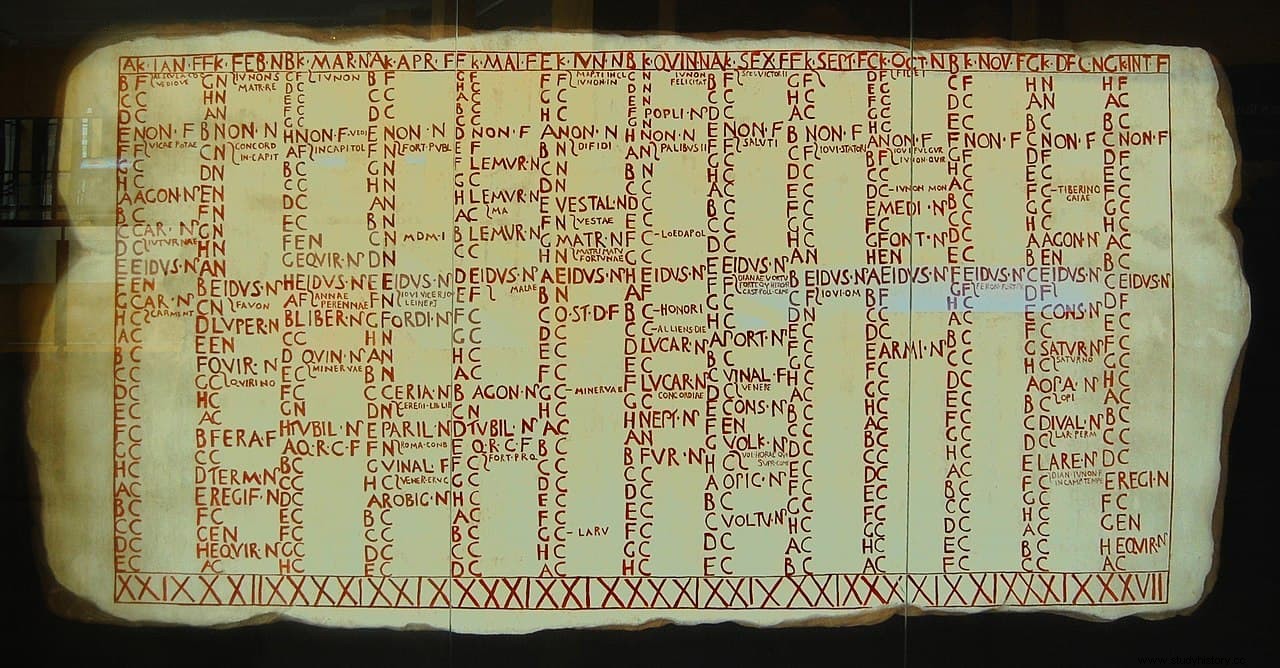In Spanish the term century has the meaning of period of one hundred years , being synonymous with century . The word derives from the Latin saeculum as in the rest of Romance languages (siècle in French, secolo in Italian, século in Portuguese, segle in Catalan, etc). Some Germanic languages, on the other hand, use the century proper. (century in English, jahrhundert in German) to express the same concept (the Norwegian and Swedish sekel seems to be an exception).
The difference between the two goes beyond the simply formal. Because actually the term from which our century derives It did not mean the same as it does now, but rather it evolved and changed within the Romance languages.
According to Denis Feeney in his 2007 book Caesar's Calendar:Ancient Time and the Beginnings of History a saeculum in the Etruscan and Roman world it referred to a generation , and in particular to a generation measured as the lifetime of the oldest individual in the community . Therefore, it was not a fixed period, but a variable interval whose beginning was subjective.

Censorinus, a Roman grammarian of the third century, says in his work De die natale (The birthday book ) written in 268 AD:
It also distinguishes between calendar centuries and civil centuries , at a time when the Roman state used to set the latter at a century for practical reasons (Augustus would change it to 110):

That is, the foundation of a city was taken as the starting point, then the one who had lived the longest was chosen from among those born on the same day of the foundation, and his death marked the end of the saeculum . Therefore, according to Censorinus citing Varro:
Feeney says that the Etruscan haruspices who saw the comet that crossed the sky in the year 44 BC, after the death of Julius Caesar, interpreted that this was the sign of the end of the ninth century and the beginning of the tenth, and therefore Caesar must be the last member of his generation. The eighth had ended in 88 BC
Of course it could not have been more than a coincidence, just like the one that would occur some four hundred and fifty years later. Néstor Marqués tells in his recent book about the Roman calendar and daily life:
Curiously, according to the calculations of the Romans themselves, those twelve saecula (plural of saeculum ) were fulfilled in the year 448 AD. The date that traditionally marks the fall of the Western Roman Empire is September 4, 476 AD. Only 28 years apart.

This concept of the saeculum could explain why some characters involved in history and legend could live for many years. Pliny the Elder says about it:
The longevity of some biblical characters should be interpreted in the same way, taking into account that what was once understood as century and year may not be the same as what we understand now.
Fonts
A year in ancient Rome:The daily life of the Romans through their calendar (Néstor Marquis) / Caesar's Calendar:Ancient Time and the Beginnings of History (Denis Feeney) / Natural History (Pliny the Elder) / De die natale ( Censorinus) / Oxford Classical Dictionary / Wikipedia.
